While most birds fill the morning air with their melodious songs, a select group of avian species reserves their vocal performances exclusively for the night. These nocturnal songsters create mysterious soundscapes that many of us have heard but few have fully appreciated. From the haunting calls of owls to the beautiful melodies of nightingales, nighttime bird songs serve critical ecological functions while adding an enchanting dimension to the darkness. This fascinating adaptation has evolved for specific purposes related to survival, reproduction, and communication in the nocturnal environment. Understanding why certain birds sing only at night offers a window into the complex and often surprising strategies that wildlife has developed to thrive in different temporal niches.
The Night Chorus: Identifying Common Nocturnal Singers
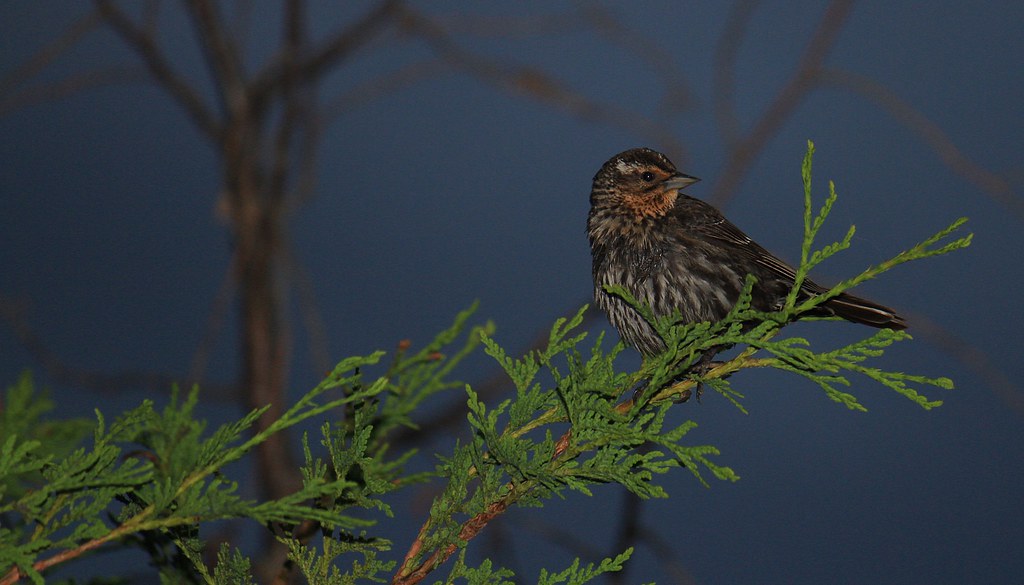
Several bird species are known specifically for their nighttime vocalizations, creating a distinct nocturnal soundscape. The common nightingale, celebrated in poetry and literature for centuries, produces some of the most complex and beautiful songs during the darkest hours. Mockingbirds, though typically diurnal, are known to sing throughout the night, especially during full moons and breeding season. The Eastern Whip-poor-will produces its distinctive and repetitive “whip-poor-will” call primarily after sunset and before dawn. Owls, though not traditional songbirds, contribute significantly to nocturnal sounds with their hoots, screams, and whistles that carry through the darkness. Each of these species has adapted to utilize the night hours for communication when many other birds remain silent.
The Evolutionary Advantage of Nighttime Singing
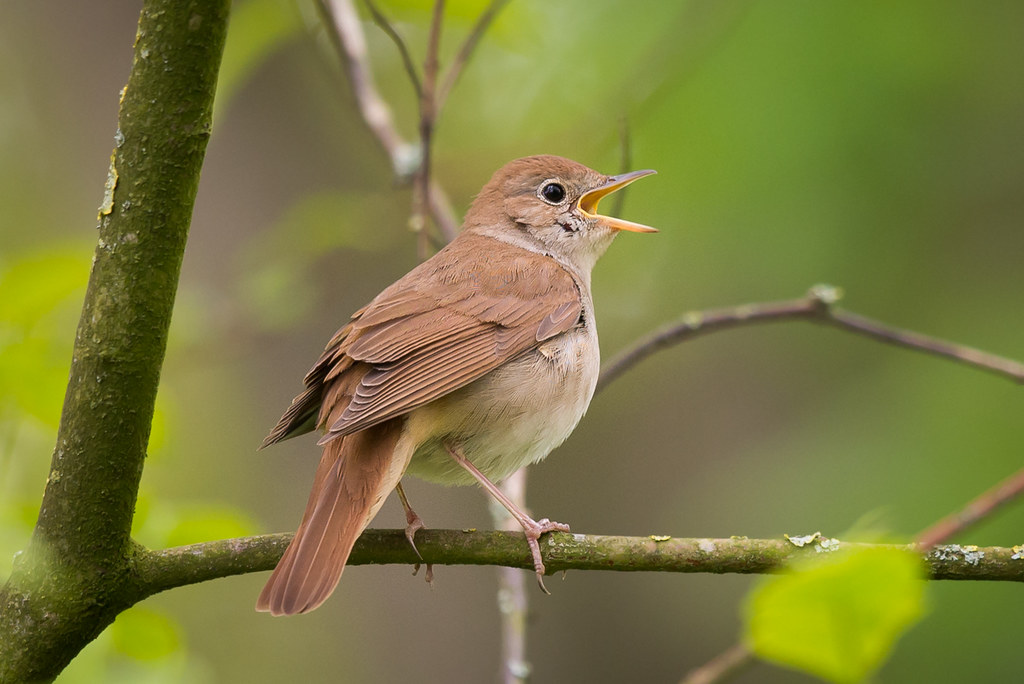
Singing at night represents a significant evolutionary adaptation that provides several competitive advantages. The nocturnal acoustic environment offers less competition from other bird species, allowing nighttime singers to establish clearer communication channels without competing vocalizations. For many species, nighttime singing evolved as a strategy to minimize predation risk, as some visual predators are less active or effective at night. Sound transmission often improves during night hours due to lower ambient noise and atmospheric conditions that allow songs to travel farther, making communication more efficient. This temporal niche specialization has allowed certain bird species to exploit resources and establish territories with reduced competition. Over thousands of generations, these advantages have reinforced nocturnal singing behaviors through natural selection.
Communication Without Visual Cues
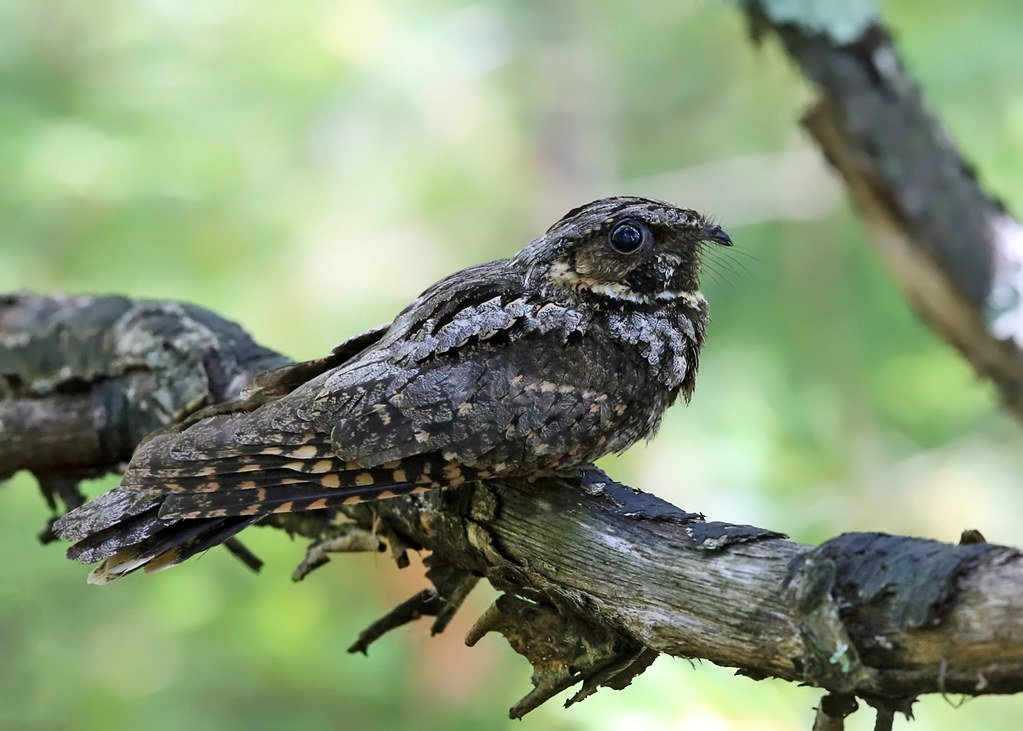
Birds that sing at night have developed sophisticated vocal communication systems that function effectively in low-light conditions. Without reliable visual cues to identify potential mates or rivals, nighttime singers depend entirely on acoustic signals to convey information about species identity, individual quality, and territorial boundaries. This has led to the evolution of particularly distinctive and species-specific vocalizations that prevent miscommunication in the darkness. Many nocturnal singers incorporate complex patterns of rhythm, pitch, and tone that carry specific information about the sender’s identity and condition. The acoustic properties of night songs often differ from daytime vocalizations, with features optimized for transmission through still night air, such as lower frequencies that travel longer distances. This specialized nocturnal communication system represents a remarkable adaptation to the challenges of conveying critical information when vision is limited.
Reproductive Strategies and Night Songs
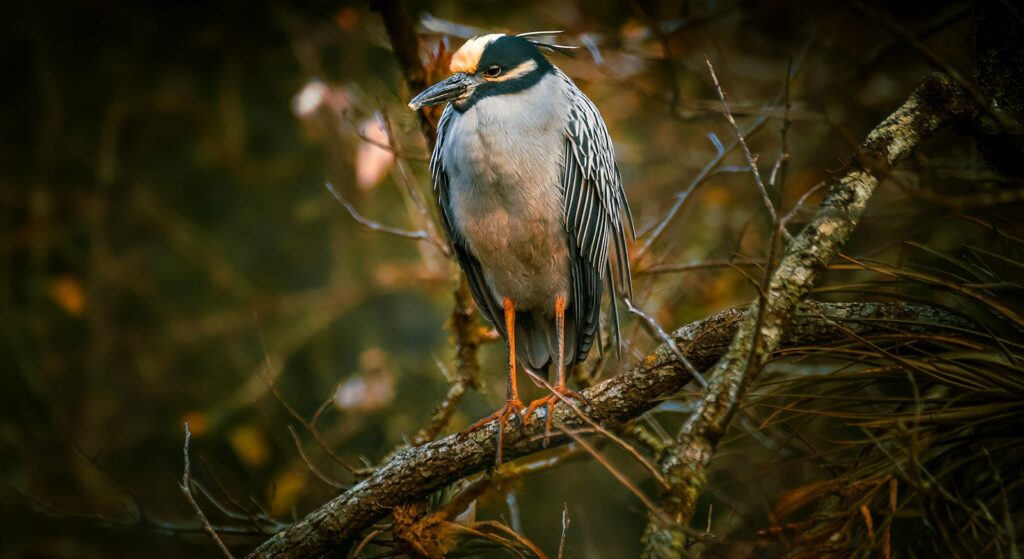
For many nocturnal singers, nighttime vocalizations play a crucial role in reproduction and mate attraction. Male nightingales, for instance, sing most intensely during the breeding season, with unmated males producing the longest and most complex songs to advertise their quality to potential female partners. Research suggests that females assess male quality based on specific song characteristics, including complexity, consistency, and stamina, with nighttime singing serving as an honest signal of male fitness. The darkness provides a safer environment for extended singing performances, allowing males to advertise their presence with less risk of predation than daytime displays might entail. Extended night singing also demonstrates a male’s ability to maintain energy reserves while investing in reproduction, as singing requires significant energy expenditure. The connection between nocturnal singing and reproductive success underscores why this behavior has persisted despite the energy costs involved.
Territorial Defense After Dark
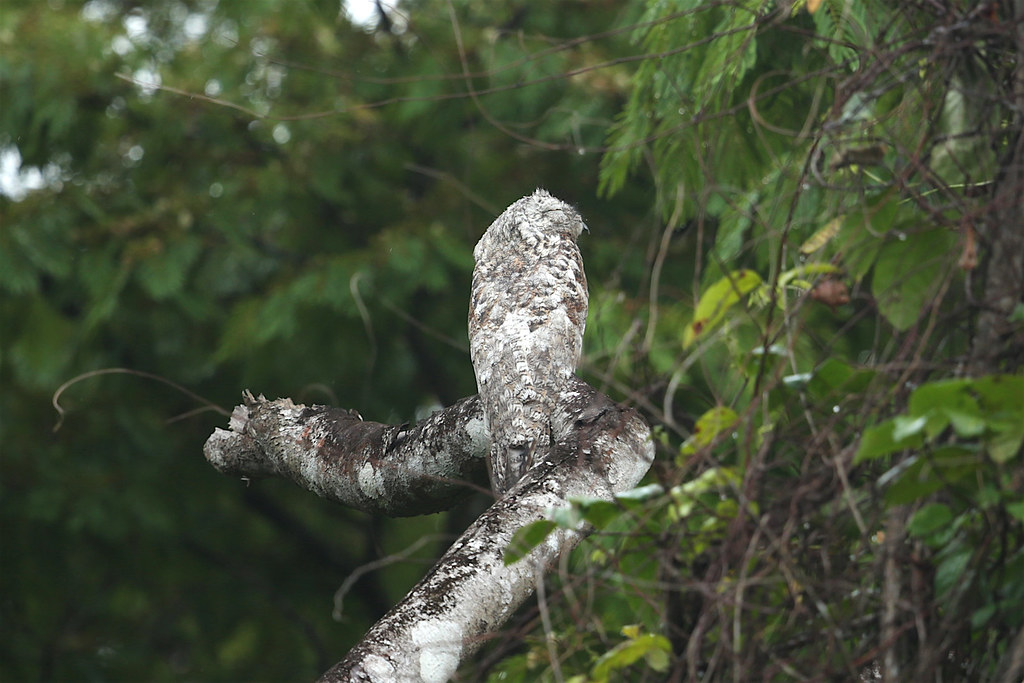
Beyond mate attraction, nocturnal singing serves as a powerful tool for establishing and maintaining territories without physical confrontation. Male birds use night songs to broadcast their territorial claims to rivals, effectively warning other males to keep their distance. The acoustic properties of night allow these territorial signals to travel farther than during the day, creating an efficient system for spatial organization among competing individuals. Studies have documented that nocturnal singers can recognize the voices of their specific neighbors and respond differently to familiar versus unfamiliar songs, showing the sophisticated nature of this communication system. This territorial function explains why some species continue singing long after they have secured mates, as maintaining exclusive access to resources remains important throughout the breeding season. For species like the mockingbird, nighttime singing peaks during territorial disputes, highlighting its role in competitive interactions.
Environmental Factors Influencing Night Singing
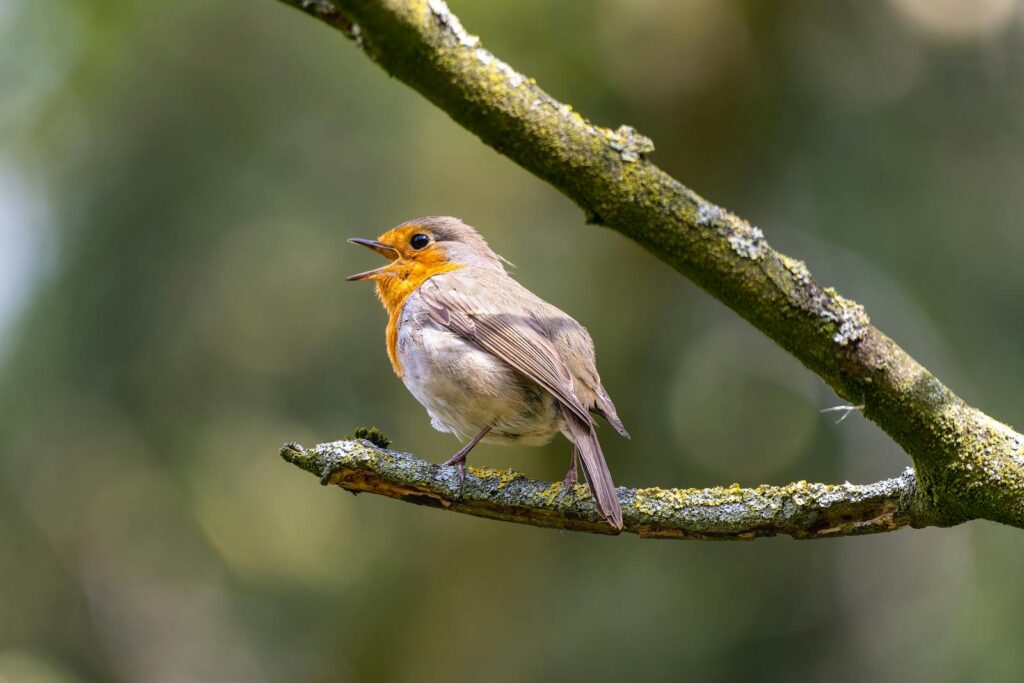
Various environmental conditions significantly impact the frequency and intensity of nocturnal bird songs. Moonlight plays a particularly important role, with many species showing increased singing activity during brighter moon phases when visibility improves. Ambient noise levels affect night singing patterns, with urban birds often shifting their singing to nighttime hours to avoid competing with daytime traffic and human activity noise. Weather conditions, particularly wind and temperature, influence how effectively songs travel through the night air, with birds adjusting their vocalization patterns accordingly. Seasonal changes strongly affect nocturnal singing behavior, with most species showing peak activity during spring breeding seasons when reproductive communication becomes critical. These environmental influences demonstrate how nocturnal singers have evolved to optimize their communication strategies in response to changing conditions.
Light Pollution’s Impact on Nocturnal Singers
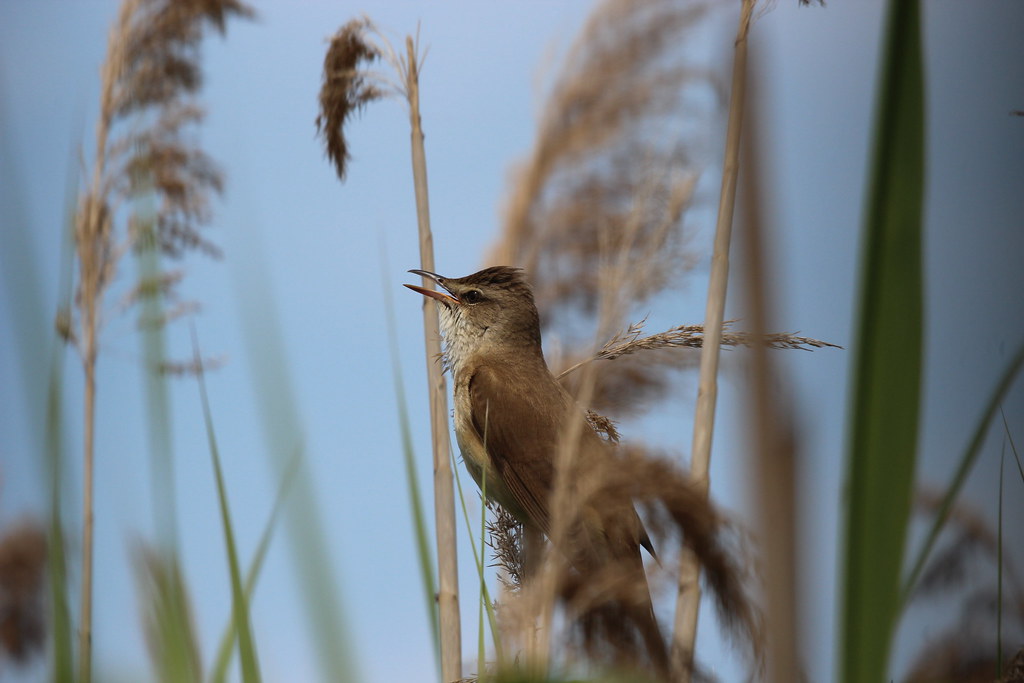
The increasing prevalence of artificial light at night poses significant challenges for birds that have evolved to sing in darkness. Research has documented that light pollution can trigger diurnal singing patterns in typically nocturnal species, disrupting their natural behavioral rhythms. This artificial extension of daylight can cause birds to sing at inappropriate times, potentially exposing them to increased predation risk or reducing their energy reserves. Urban birds often show altered singing schedules compared to their rural counterparts, with some species beginning their dawn chorus significantly earlier near streetlights. The physiological mechanisms controlling bird song are closely tied to light perception and circadian rhythms, making them particularly vulnerable to artificial light disruption. Conservation efforts increasingly recognize light pollution as a significant threat to nocturnal bird species and their specialized communication systems.
The Mysterious Case of the Corncrake
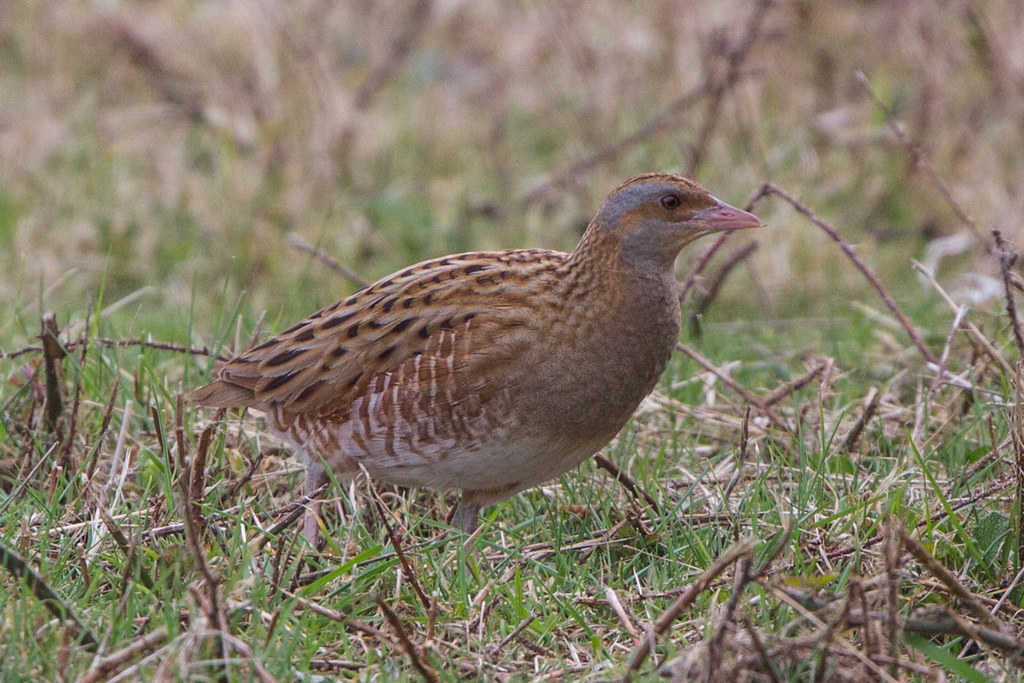
The Corncrake represents one of the most intriguing examples of nocturnal singing behavior among bird species. This secretive rail species produces a distinctive repetitive “crex crex” call primarily at night, a harsh rasping sound that contradicts typical notions of melodious bird song. Male Corncrakes can call continuously for hours, with some individuals recorded making their distinctive call more than 20,000 times in a single night. This extreme vocal investment occurs despite the significant energy expenditure involved, highlighting the critical importance of nocturnal communication for this species. Sadly, the Corncrake has experienced severe population declines across much of Europe due to agricultural intensification, making their nocturnal calls increasingly rare. Their case illustrates how specialized nocturnal singing behaviors can make species particularly vulnerable to environmental changes that disrupt their communication systems.
Physiological Adaptations for Night Singing
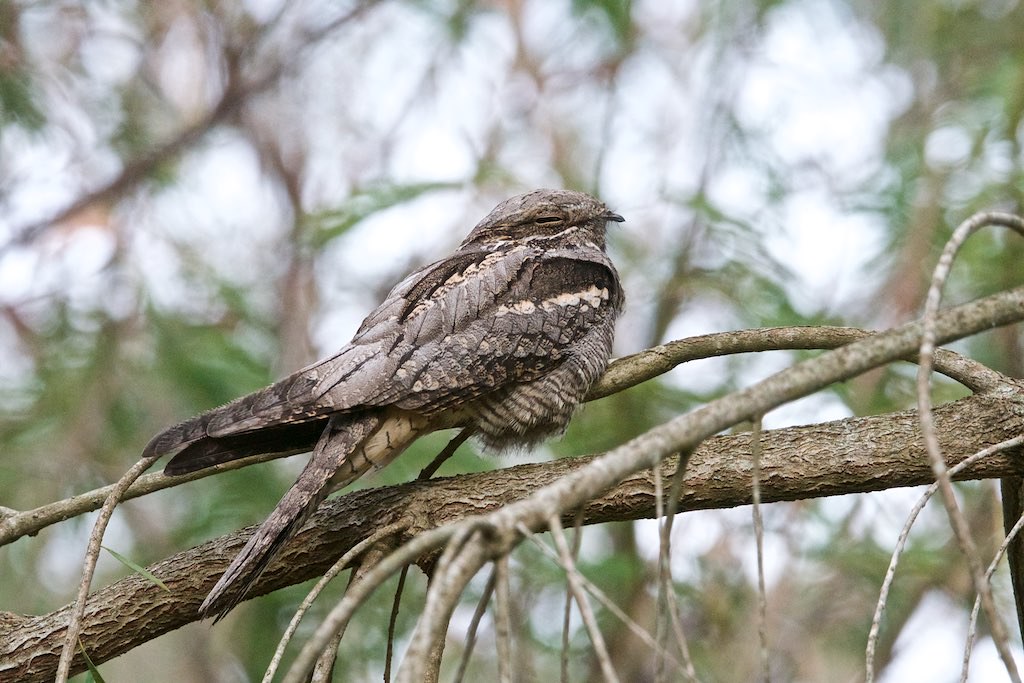
Birds that specialize in nocturnal singing possess several physiological adaptations that enable this energy-intensive behavior during rest hours. Their vocal anatomy often shows modifications that optimize sound production in the specific acoustic conditions of night, including adaptations for producing lower-frequency sounds that travel farther in still night air. Nocturnal singers typically demonstrate altered metabolic patterns that allow them to maintain high energy output during hours when most birds conserve energy through sleep. Their circadian rhythms show specialized regulation of the hormones that control singing behavior, particularly melatonin and testosterone, which coordinate vocal activity with environmental light cycles. The brain structures involved in song production and learning may also show specializations in nocturnal singers, allowing them to develop and maintain complex vocalizations specifically adapted for nighttime communication. These physiological adaptations represent remarkable examples of evolutionary specialization for a particular ecological niche.
Urban Adaptation: Birds Shifting to Night Song
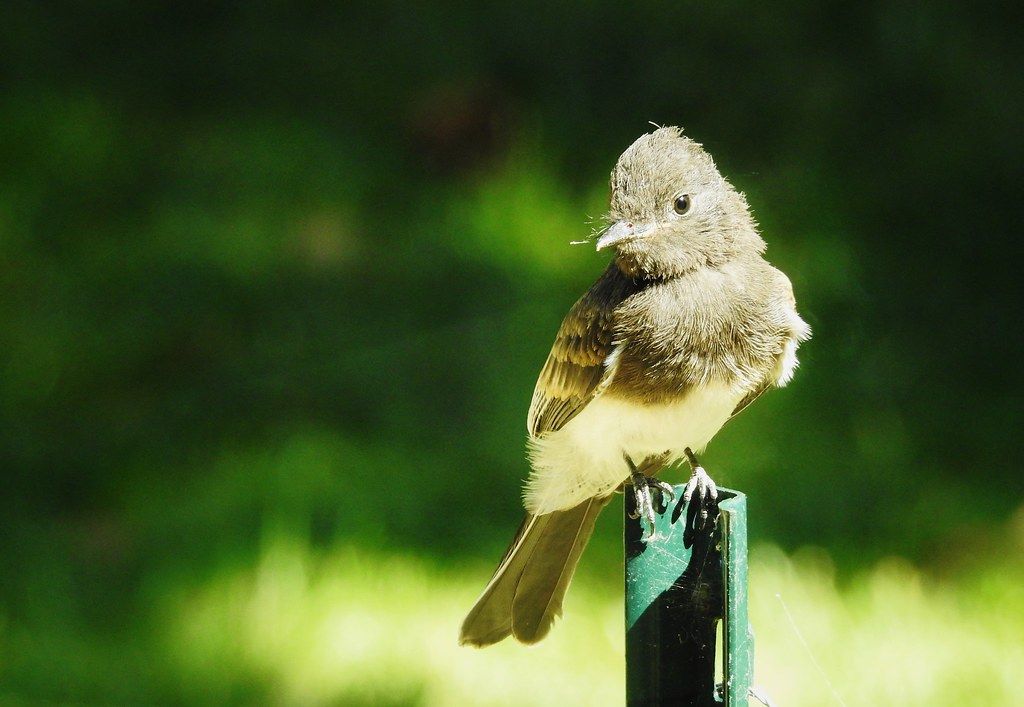
An increasing number of typically diurnal bird species are adopting nighttime singing behaviors in urban environments as an adaptation to human-dominated landscapes. This shift appears to be a direct response to the high levels of ambient noise during daylight hours in cities, which can mask bird songs and reduce their effectiveness for communication. Urban American robins, European blackbirds, and several thrush species have been documented singing regularly at night near streetlights, despite being historically daytime singers. This behavioral flexibility demonstrates remarkable adaptability but may come with costs, as nighttime singing requires energy that would typically be reserved for rest. The phenomenon raises important questions about the long-term consequences of these altered communication patterns for urban bird populations. Research suggests that birds making this temporal shift may face trade-offs between improved communication effectiveness and potential physiological stress from disrupted sleep patterns.
Cultural Significance of Nocturnal Bird Songs
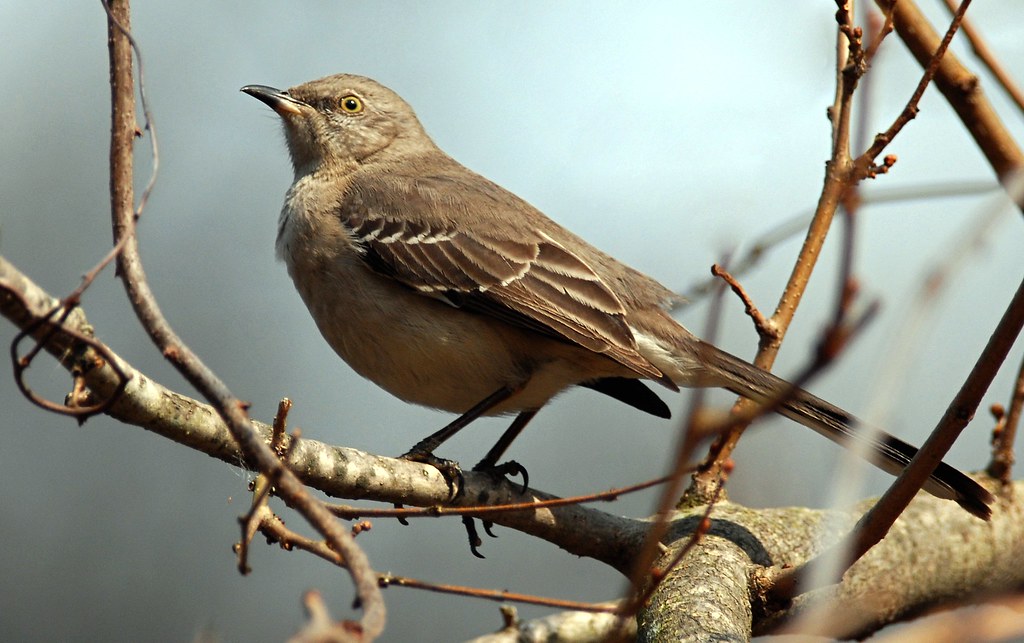
Throughout human history, the songs of night birds have inspired cultural expressions and beliefs across diverse societies. The nightingale’s melodious nocturnal songs have been celebrated in poetry, literature, and music for centuries, from ancient Greek myths to Keats’ famous “Ode to a Nightingale.” In many cultures, owls’ nocturnal calls have been interpreted as omens, sometimes of wisdom but often of approaching death or misfortune. Indigenous traditions worldwide incorporate night bird vocalizations into their folklore, frequently associating these sounds with spiritual communication or transitions between worlds. Classical music has drawn inspiration from nocturnal bird songs, with composers like Respighi and Messiaen explicitly incorporating these natural sounds into their compositions. These cultural interpretations reflect humanity’s enduring fascination with the mysterious voices that pierce the darkness when most of the natural world falls silent.
How Scientists Study Nocturnal Bird Songs
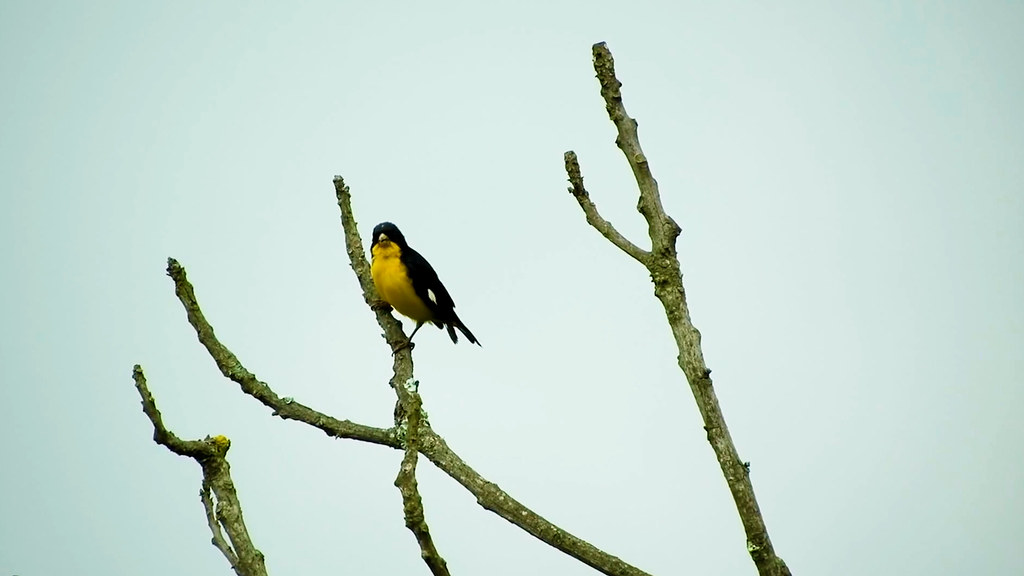
Researching birds that sing at night presents unique challenges that have required the development of specialized methodologies. Automated recording systems have revolutionized the field, allowing researchers to capture extended periods of nocturnal vocalizations without human presence disrupting natural behaviors. Advanced acoustic analysis software helps scientists identify species, individuals, and even specific message types within complex nocturnal soundscapes. Radio telemetry and miniaturized GPS tracking devices enable researchers to correlate singing behavior with movement patterns, revealing how nocturnal singers use and defend territories. Infrared and thermal imaging technologies provide visual data on bird behavior during vocalizations, overcoming the limitation of darkness for observational studies. These technological advances have dramatically expanded our understanding of nocturnal singing behavior, revealing patterns and functions that would have remained hidden using traditional daytime research methods.
Conservation Implications for Night Singers
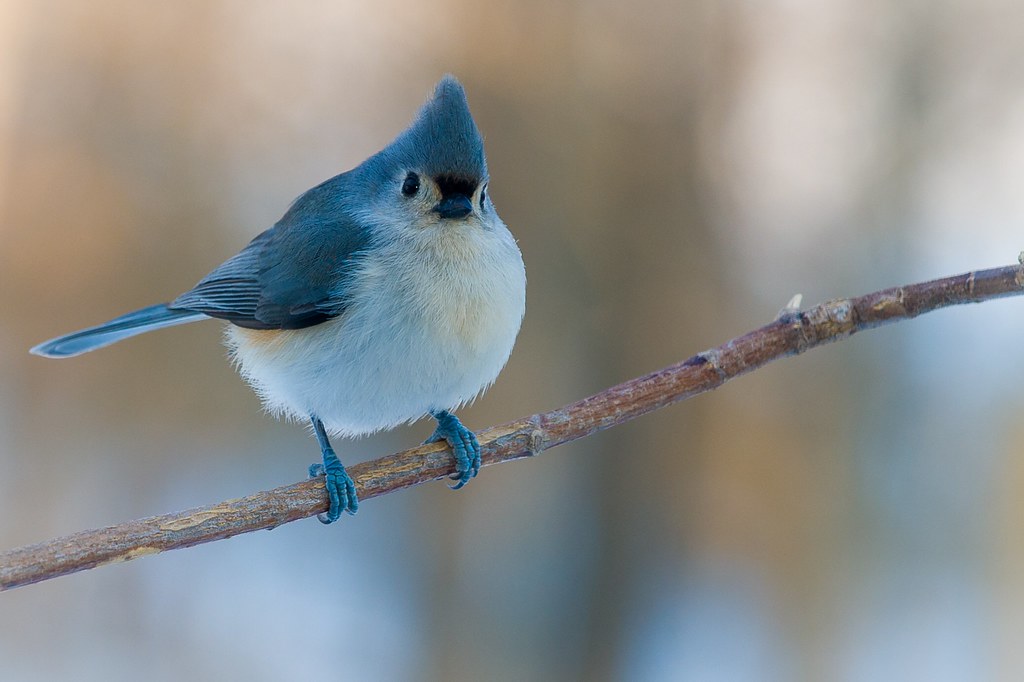
Birds that sing at night face unique conservation challenges that require specialized protection strategies. Habitat preservation must consider the specific acoustic properties needed for effective nocturnal communication, including buffer zones to reduce noise pollution that can mask night songs. Light pollution mitigation has emerged as a critical conservation tool, with “dark sky” initiatives benefiting nocturnal singers by preserving natural light cycles that regulate their vocalization patterns. Monitoring programs increasingly incorporate acoustic surveys specifically designed to detect nocturnal singers, as traditional daytime bird counts miss these specialized species. Climate change poses particular threats to nocturnal singers by potentially disrupting the environmental cues that trigger singing behavior, especially for migratory species whose timing depends on precise seasonal signals. Understanding and protecting the complex ecological requirements of nocturnal singing birds represents an important frontier in conservation biology, requiring collaboration between researchers, policy makers, and the public to ensure these mysterious voices continue to fill our nights.
The phenomenon of birds singing at night reveals nature’s remarkable adaptability and specialization. These nocturnal voices have evolved intricate strategies to communicate effectively when darkness limits visual signals, creating a unique ecological soundscape that serves critical functions for reproduction, territorial defense, and survival. As our understanding of these specialized behaviors grows, so too does our appreciation for the complexity of avian communication and the importance of preserving natural night conditions. From the practical advantages of reduced competition to the physiological adaptations that make night singing possible, these birds demonstrate the incredible diversity of solutions that evolution has produced. By protecting these nocturnal songsters and the quiet, dark environments they require, we ensure that future generations will still experience the magical moment of awakening to a nightingale’s song piercing the darkness or an owl’s haunting call echoing through the night.
